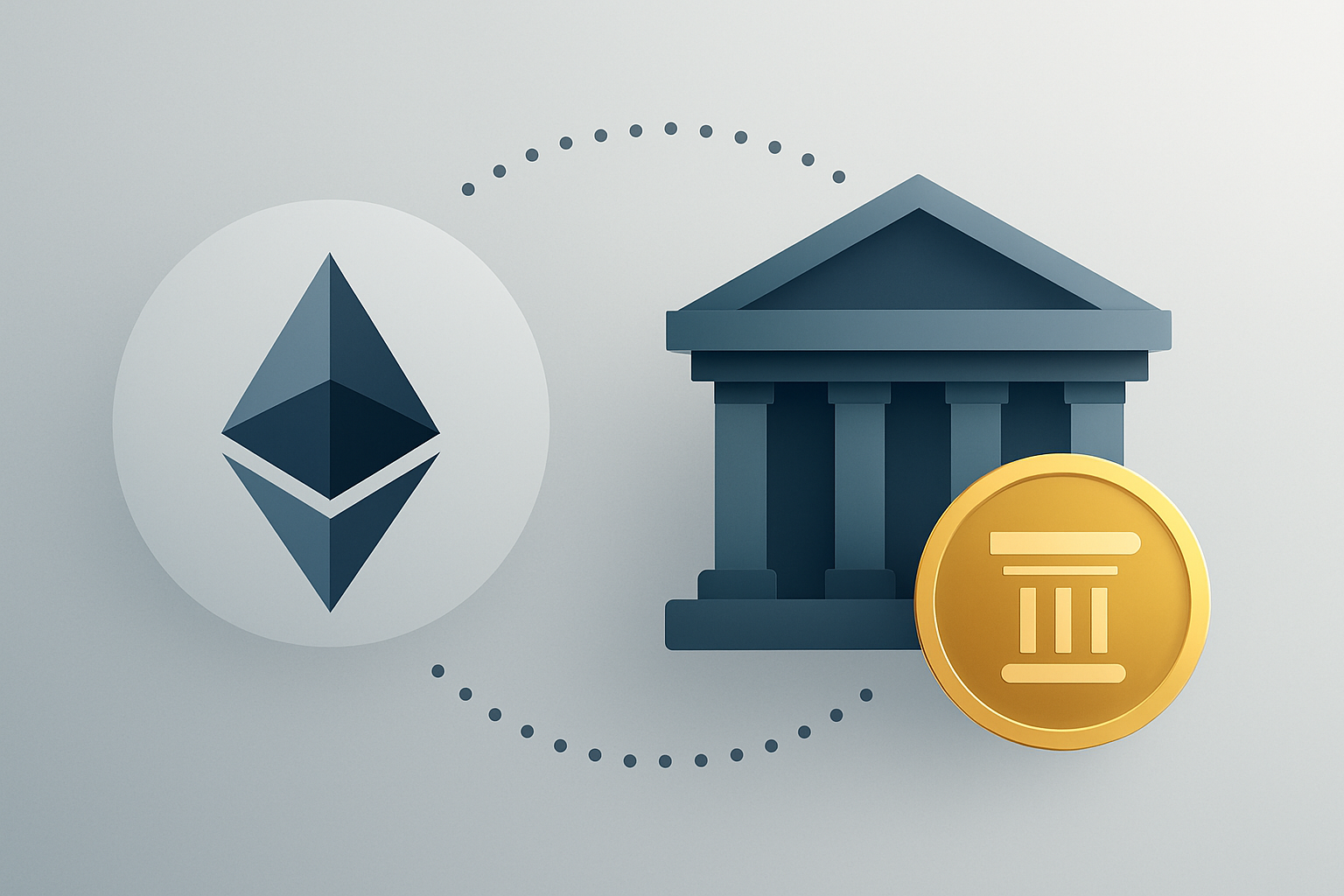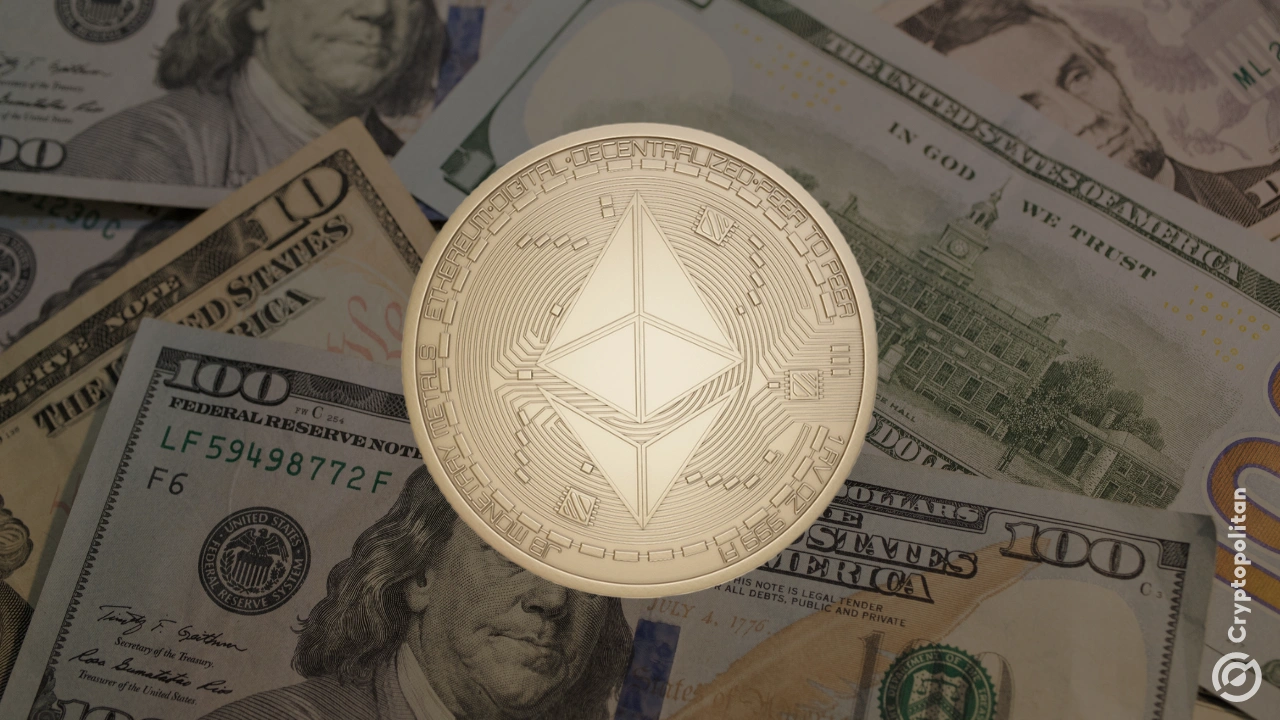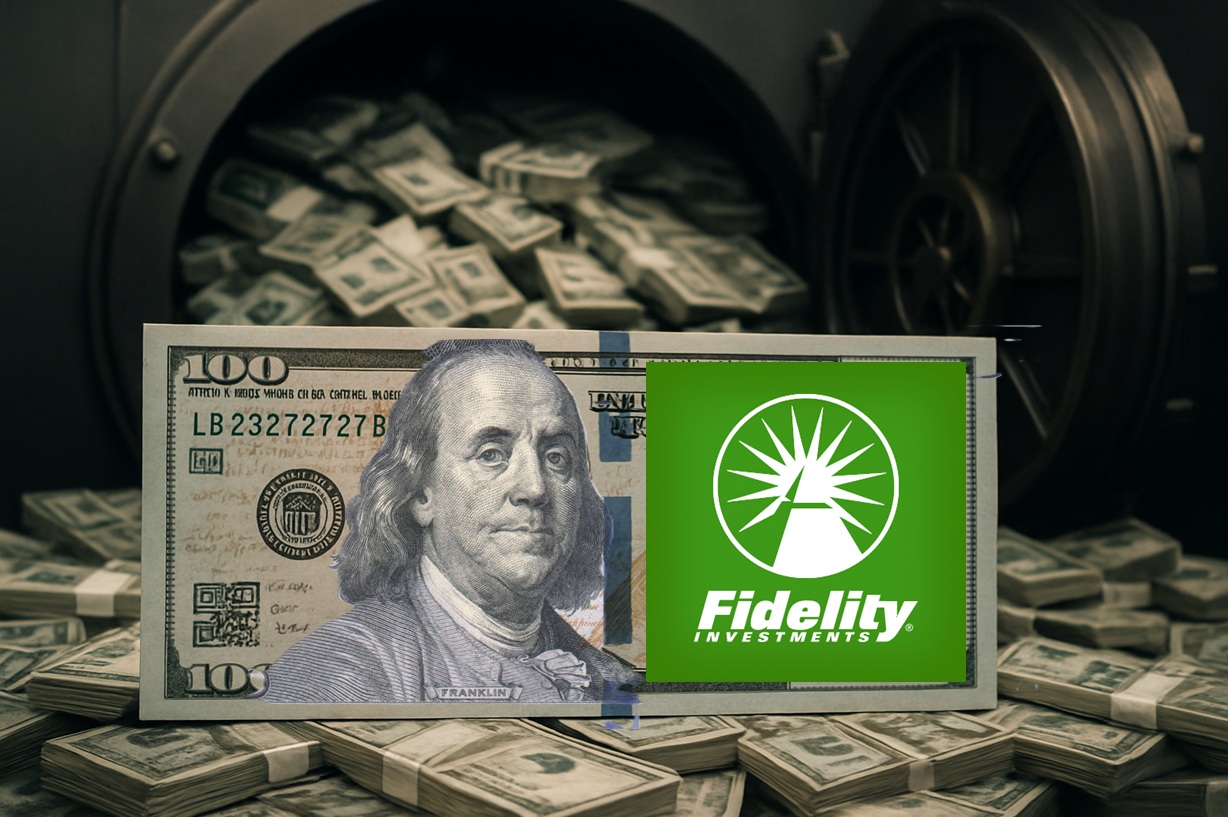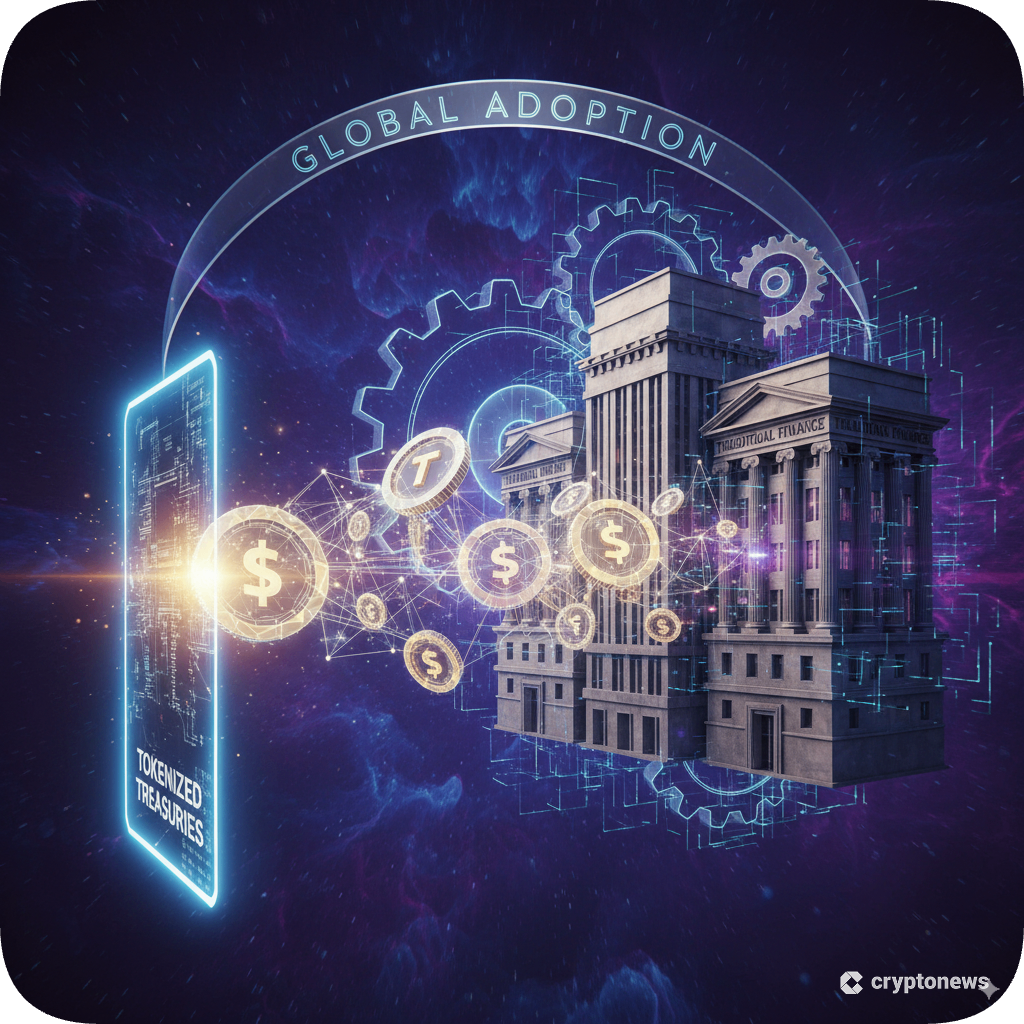How Fidelity’s Tokenized U.S. Treasuries Fund on Ethereum Signals the Next Era of On-Chain Fixed Income

Fidelity’s recent launch of its tokenized U. S. Treasuries fund on Ethereum is more than just another institutional experiment with blockchain. It’s a clear signal that the fixed-income market is entering a new era – one where onchain fixed income products are poised to become mainstream portfolio tools for sophisticated investors. The Fidelity Digital Interest Token (FDIT), now live on Ethereum, has already amassed over $200 million in assets since its August 2025 debut, showing real demand for tokenized government debt among institutions seeking efficiency, transparency, and round-the-clock liquidity.
Fidelity’s Entry: A Tipping Point for Onchain Fixed Income
The arrival of FDIT puts Fidelity squarely in competition with BlackRock’s BUIDL fund as they vie for dominance in the $7.4 billion (and rapidly expanding) tokenized treasuries sector. What sets Fidelity apart is not just its brand power or $200M and in inflows, but the way it leverages Ethereum’s composability to create programmable, transparent access to U. S. Treasury exposure. With Ethereum currently trading at $4,353.07, this move also underscores the blockchain’s growing role as critical financial infrastructure, not just a playground for DeFi enthusiasts.
This isn’t about crypto speculation – it’s about bringing the world’s most trusted asset class onto rails that support instant settlement and global accessibility. The involvement of Bank of New York Mellon as custodian further legitimizes this leap into digital securities, giving institutions confidence that these tokens are backed by real-world assets and managed by industry blue chips.
Why Tokenized Treasuries Are Gaining Momentum Now
The maturation of digital assets like Bitcoin and Ethereum has paved the way for tokenization use cases that go far beyond volatile cryptocurrencies. As noted by Fidelity Digital Assets® Research, digital assets have evolved into a distinct investable category – and now their underlying technology is being harnessed to modernize traditional finance itself.
The core advantages driving this shift include:
- 24/7 Liquidity: No more waiting for markets to open; tokens trade globally at any time.
- Fractional Ownership: Investors can buy slivers of T-bills or funds, lowering barriers to entry.
- Transparency and Efficiency: Every transaction is recorded on-chain, reducing errors and reconciliation headaches.
- Programmability: Smart contracts enable new features like automated interest payments or composable DeFi integrations.
This is why asset managers from Fidelity to BlackRock are racing to build onchain versions of classic fixed-income products. For institutional allocators seeking yield without sacrificing compliance or security, tokenized T-bills offer a compelling blend of old-school safety and next-gen flexibility.
The Competitive Landscape: FDIT vs BUIDL and Beyond
The pace at which institutional adoption is accelerating can’t be overstated. Since launch, FDIT has quickly crossed the $200 million mark – a testament to pent-up demand for blockchain-native fixed-income products with real-world backing (read more here). BlackRock’s BUIDL remains the current heavyweight with over $2.2 billion AUM, but Fidelity’s entry signals that competition will only heat up from here.
Ethereum (ETH) Price Prediction 2026-2031 After Major Institutional Inflows
Forecast based on the impact of Fidelity’s tokenized U.S. Treasuries fund launch and ongoing institutional adoption.
| Year | Minimum Price | Average Price | Maximum Price | Year-over-Year Change (Avg) | Key Market Scenario |
|---|---|---|---|---|---|
| 2026 | $3,900 | $5,000 | $6,200 | +15% | Institutional inflows accelerate, but macro headwinds persist |
| 2027 | $4,200 | $5,800 | $7,500 | +16% | Tokenization trend grows, ETH staking increases |
| 2028 | $4,800 | $6,700 | $9,200 | +16% | Regulatory clarity, DeFi/TradFi integration expands |
| 2029 | $5,500 | $7,800 | $11,000 | +16% | ETH upgrades, Layer 2 adoption, global asset tokenization |
| 2030 | $6,200 | $8,900 | $13,500 | +14% | Widespread institutional adoption, new ETF products |
| 2031 | $6,800 | $10,200 | $16,000 | +15% | Mature on-chain finance, ETH as global settlement layer |
Price Prediction Summary
Ethereum’s price outlook from 2026 to 2031 is bullish, supported by surging institutional adoption, especially after Fidelity’s tokenized Treasury fund launch. The average price is forecasted to rise steadily, with upside potential from technology upgrades and broader on-chain finance adoption. However, the wide min/max ranges reflect the impact of market cycles and potential regulatory or macroeconomic setbacks.
Key Factors Affecting Ethereum Price
- Institutional inflows (Fidelity, BlackRock, etc.) and tokenized assets growth
- Ethereum network upgrades (scalability, Layer 2, staking)
- Global regulatory environment and possible ETF approvals
- Competition from other smart contract blockchains
- Integration of TradFi and DeFi, driving new use cases and demand
- Macroeconomic cycles and risk appetite in digital assets
Disclaimer: Cryptocurrency price predictions are speculative and based on current market analysis.
Actual prices may vary significantly due to market volatility, regulatory changes, and other factors.
Always do your own research before making investment decisions.
This activity isn’t going unnoticed by fintechs or crypto-native payroll providers either; FDIT is already being eyed as an efficient vehicle for managing treasury operations by startups who want programmable access to risk-free rates without banking delays or legacy friction points.
The bottom line? The floodgates are open – and as more blue-chip names follow Fidelity onto public blockchains like Ethereum, expect both innovation velocity and asset flows into tokenized government debt to accelerate dramatically in the coming quarters.
For institutional investors, the benefits of Fidelity’s tokenized treasuries are more than theoretical. The ability to transact, settle, and audit assets on Ethereum’s open ledger is already transforming how treasury management is handled at scale. With FDIT, institutions gain access to a familiar asset class, U. S. Treasuries, but with a radically improved user experience: instant settlement, programmable compliance, and seamless integration with other onchain financial tools.

What’s particularly compelling is how these innovations are being adopted not just by crypto funds or DeFi protocols, but also by traditional finance players seeking operational efficiency and new distribution channels. As ETH holds steady at $4,353.07, the network’s credibility as an institutional-grade settlement layer continues to grow in lockstep with these high-profile launches.
Real-World Use Cases Are Emerging Fast
The real game-changer is programmability. With tokenized government debt like FDIT, it’s now possible to automate interest payments, enable composable lending strategies, or even use tokenized T-bills as collateral in decentralized finance applications. Startups and SMEs are already leveraging these features for payroll automation and short-term cash management, functions that were previously slow or expensive using legacy rails.
Top 5 Practical Uses for Tokenized Treasuries
-

24/7 Liquidity Management: Tokenized treasuries like Fidelity Digital Interest Token (FDIT) on Ethereum allow institutions to access and rebalance U.S. Treasury exposures around the clock, bypassing traditional market hours and settlement delays.
-

On-Chain Collateral for DeFi and Institutional Lending: Institutions can use tokenized treasuries as high-quality collateral in decentralized finance (DeFi) protocols and on-chain lending platforms, increasing capital efficiency while maintaining exposure to U.S. government debt.
-

Streamlined Treasury Operations and Cash Management: By holding tokenized U.S. Treasury funds like FDIT, corporates and asset managers can automate cash sweeps, optimize idle balances, and improve transparency in treasury operations via blockchain-based smart contracts.
-

Programmable Payouts and Automated Compliance: Smart contracts enable programmable interest payments, real-time reporting, and automated compliance checks for institutional portfolios holding tokenized treasuries, reducing operational risk and manual intervention.
-

Global, Borderless Access to U.S. Treasuries: Tokenized funds on public blockchains like Ethereum make U.S. Treasuries more accessible to institutions worldwide, lowering entry barriers and expanding reach beyond traditional financial infrastructure.
This isn’t just theory, early adopters report lower operational friction and faster treasury allocation cycles thanks to blockchain rails. For compliance teams, onchain transparency means easier auditing and regulatory reporting. For portfolio managers, it unlocks new ways to balance risk and liquidity while staying plugged into global markets 24/7.
Risks and Considerations for Early Adopters
Of course, no innovation comes without challenges. Regulatory clarity remains a work in progress as SEC guidance evolves around digital securities. Investors must also weigh smart contract risks and custody considerations, though Fidelity’s use of Bank of New York Mellon as custodian sets an important precedent for best practices.
Another key factor is interoperability: Will FDIT be easily integrated into existing portfolio management systems? How quickly can secondary market liquidity develop? These are open questions that will shape the next phase of adoption, and they’re exactly what industry leaders are tracking as they build out their blockchain strategies (more analysis here).
The Road Ahead: What Comes Next?
With FDIT blazing a trail on Ethereum, and ETH maintaining its pivotal role at $4,353.07, the outlook for onchain fixed income is brighter than ever. Expect rapid product development as more asset managers tokenize everything from bonds to commercial paper. As blockchain rails become table stakes for treasury operations, both institutional allocators and fintech innovators will push the boundaries of what’s possible in capital markets.
If you’re an allocator or tech-forward CFO looking to future-proof your treasury strategy, or simply want to understand how tokenization could impact your business model, it’s time to pay close attention to moves like Fidelity’s latest launch (deep dive here). The next era of fixed income won’t be built behind closed doors; it’ll be open-source, programmable, and accessible from anywhere in the world.







